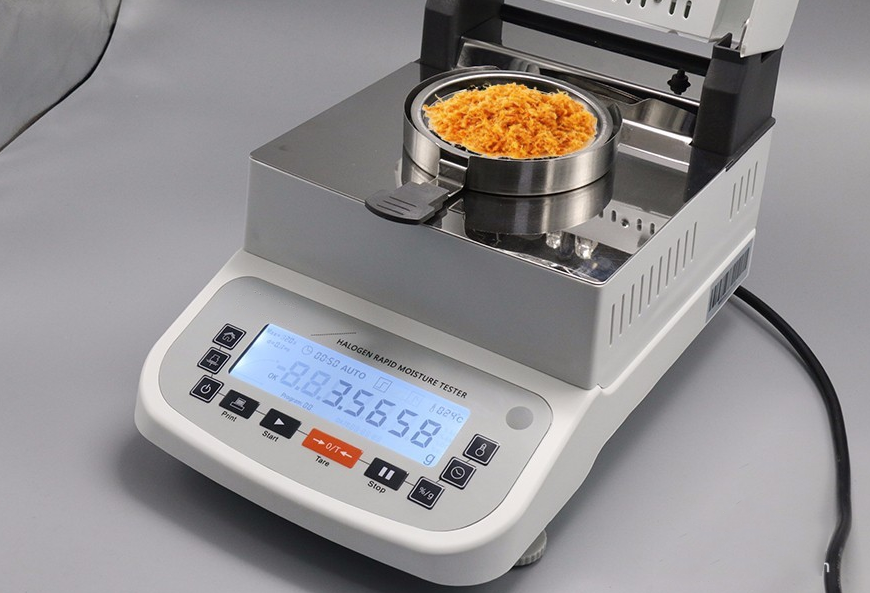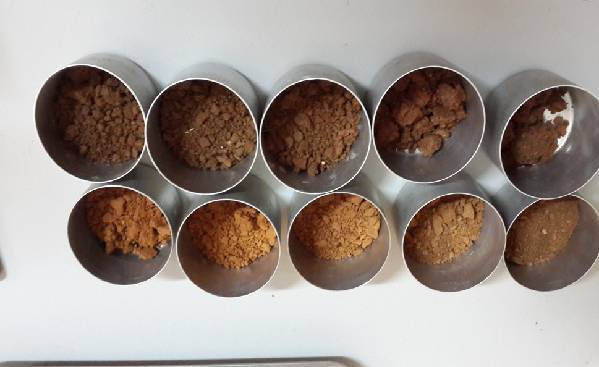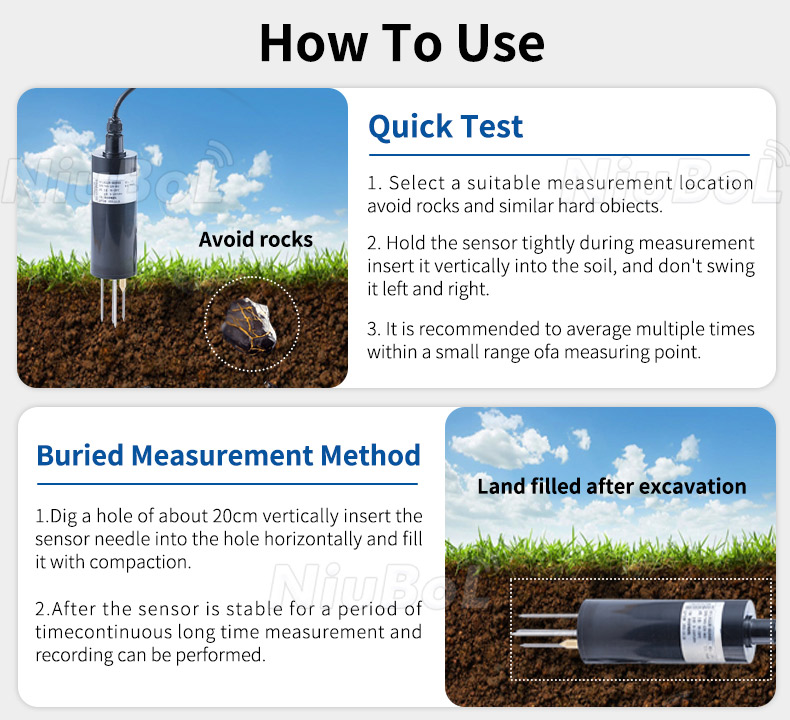

— Blogs —
—Products—
 Consumer hotline +8618073152920
Consumer hotline +8618073152920 WhatsApp:+8615367865107
Address:Room 102, District D, Houhu Industrial Park, Yuelu District, Changsha City, Hunan Province, China
Product knowledge
Time:2024-11-19 16:17:22 Popularity:513
Measuring soil moisture content is an important task across multiple fields, including agriculture, environmental science, and hydrology. Various measurement methods have been developed to meet different needs, broadly divided into traditional methods and modern instrument-based methods. Below is a detailed introduction:

- Principle: Calculate moisture content by comparing the weight difference of soil before and after drying.
- Procedure:
- Collect representative fresh soil samples in the field.
- Crush the soil sample and place it into a container with a known weight.
- Weigh the container with the soil.
- Dry the soil sample in an oven at a specific temperature (typically 105°C) until it reaches a constant weight.
- After cooling, reweigh the container.
- Formula: Soil Moisture Content = (Wet Weight - Dry Weight) / Dry Weight × 100%
- Characteristics: This method is highly accurate but time-consuming and requires complex procedures.

- Principle: Measure changes in the soil sample’s specific gravity when immersed in water to calculate moisture content.
- Procedure: Immerse the soil sample in water, stir, and allow it to settle. Record the volume and weight of the water displaced and calculate the dry and wet weights of the soil sample to determine moisture content.
- Characteristics: Simple to perform but may be affected by soil composition and particle size.
- Principle: Use electromagnetic waves, capacitance, or similar principles to measure the dielectric constant of the soil, then estimate the moisture content.
- Types of Soil Moisture Sensors:
- Time Domain Reflectometry (TDR): Measures the time it takes for electromagnetic waves to travel through the soil.
- Frequency Domain Reflectometry (FDR): Measures changes in electromagnetic wave frequency as they pass through the soil.
- Capacitive Moisture Meter: Measures changes in the capacitance of the soil to estimate moisture content.
- Characteristics: These methods are non-destructive and allow real-time monitoring but can be affected by soil type and salinity.
- Principle: Measures the soil's water tension to estimate moisture content. When the ceramic tip of the tensiometer is inserted into the soil, free water inside the tube equilibrates with the soil water, and the resulting tension is measured to estimate moisture.
- Characteristics: Ideal for monitoring soil water tension and dynamic changes in soil moisture.
- Principle: Soil moisture content affects its electrical conductivity or dielectric constant.
- Application: Sensors are embedded in the soil to measure changes in resistance or capacitance, which are used to calculate moisture content.
- Characteristics: Simple and cost-effective but may be influenced by soil salinity and temperature.
- Principle: Uses infrared or microwave remote sensing technology to measure soil surface reflectance or radiation, then uses mathematical models to estimate soil moisture content.
- Characteristics: Suitable for large-scale monitoring but can be influenced by surface cover and soil roughness.
- Principle: Uses radioactive isotopes to detect hydrogen atoms in soil water.
- Note: Due to safety and environmental concerns, these methods are limited in application.
- Characteristics: Useful for measuring moisture content in deeper soils but require complex equipment and safety precautions.

When selecting a method for measuring soil moisture content, the following factors should be considered:
- Accuracy requirements: Determine the necessary precision based on research or application needs.
- Soil type: Different soil types may affect the applicability of certain measurement methods.
- Cost: Consider the costs of the method, equipment, and maintenance.
- Ease of use: Choose a method that is user-friendly and requires minimal skill from the operator.
- Need for continuous monitoring: Select methods that provide real-time or periodic measurements depending on monitoring requirements.
In conclusion, each method for measuring soil moisture content has its advantages and drawbacks. When choosing the most appropriate method, one should consider the specific needs, costs, and ease of use. In practice, the oven drying method is often used as a reference standard to calibrate other faster measurement methods.
1.NBL-S-THR Soil Temperature Moisture Sensor datasheet
NBL-S-THR-Soil-temperature-and-moisture-sensors-Instruction-Manual-V4.0.pdf
2. NBL-S-TMC Soil Temperature Moisture EC Sensor datasheet
NBL-S-TMC-Soil-temperature-and-moisture-conductivity-sensor.pdf
3. NBL-S-TM Soil Temperature Moisture Sensor datasheet
NBL-S-TM-Soil-temperature-and-moisture-sensor-Instruction-Manual-4.0.pdf
Related recommendations
Sensors & Weather Stations Catalog
Agriculture Sensors and Weather Stations Catalog-NiuBoL.pdf
Weather Stations Catalog-NiuBoL.pdf
Related products
 Combined air temperature and relative humidity sensor
Combined air temperature and relative humidity sensor Soil Moisture Temperature sensor for irrigation
Soil Moisture Temperature sensor for irrigation Soil pH sensor RS485 soil Testing instrument soil ph meter for agriculture
Soil pH sensor RS485 soil Testing instrument soil ph meter for agriculture Wind Speed sensor Output Modbus/RS485/Analog/0-5V/4-20mA
Wind Speed sensor Output Modbus/RS485/Analog/0-5V/4-20mA Tipping bucket rain gauge for weather monitoring auto rainfall sensor RS485/Outdoor/stainless steel
Tipping bucket rain gauge for weather monitoring auto rainfall sensor RS485/Outdoor/stainless steel Pyranometer Solar Radiation Sensor 4-20mA/RS485
Pyranometer Solar Radiation Sensor 4-20mA/RS485
Screenshot, WhatsApp to identify the QR code
WhatsApp number:+8615367865107
(Click on WhatsApp to copy and add friends)